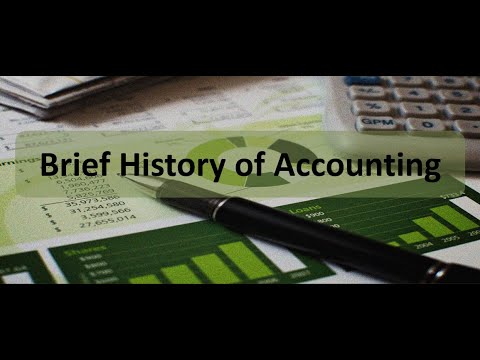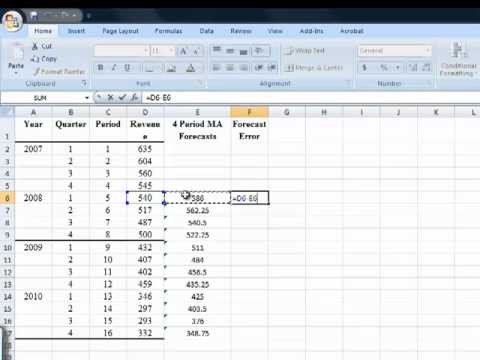
When you open a Countingup business current account, you also get free built-in accounting software that helps streamline your financial admin. Features like invoice automation, a receipt capture tool, and tax estimation, help you stay on top of your finances easily. A cash flow statement gives you a clear picture of the best free invoice and invoicing software your company’s health as it shows how your business makes and spends money. Cash flow statements show the actual amount of cash your company has on hand, and project future cash flow.
Double Entry Bookkeeping
Apply for financing, track your business cashflow, and more with a single lendio account. When running a small business, the amount you pay yourself affects the tax you pay. On top of this, it’s important to consider the different effects of salary, dividends and other benefits. In other words, it helps you cover your financial obligations and boosts your company’s growth. In manufacturing, the production process involves different stages, such as raw materials, work in progress, and finished goods. TYou can keep track of these stages with the Raw materials inventory, Work-in-progress inventory, and Finished goods inventory accounts, monitoring the value at each production step.
While the income statement shows how your company performed in the past, the cash flow statement shows how cash is being generated or used. A company can show a profit on its income statement, yet still go out of business because of a temporary negative cash flow. Before diving into specifics, let’s grasp the essence of the Chart of Accounts.

Kevin’s Trucking Company: Cash Flow Statement, January 2020
Separating gains and losses allows businesses to analyze the impact of these non-operating activities separately from core business operations. Current assets are a company’s possessions it plans to convert into cash or use up within a year, like cash, inventory, and accounts receivable. Non-current assets are things a company owns but won’t convert to cash shortly, like property, equipment, and long-term investments. In the United States businessesand organizations widely use a standardized chart of accounts. It’s a fundamental accounting framework you use to organize your financial records and build reporting around. Last but certainly not least, it’s always a good idea to hire a CPA for help with tax preparation and trucking accounting services.
Organizations began creating their own lists, called charts of accounts, to categorize and organize their financial transactions systematically. This way, it was easier to follow the rules and regulations set by the government. Another benefit was a more comprehensive view of the business’s finances. In financial statements, liabilities are typically found on the balance sheet.
Understanding the Chart of Accounts
- Forward planning can help you identify cost-saving opportunities and create a safety net should an economic storm ever appear.
- One of the best ways to streamline your IFTA reporting is by using a dedicated fuel card.
- These can include cash, inventory, equipment, buildings, and investments.
Equity is the ownership value in a company, determined by subtracting liabilities from assets. In simple terms, it’s what you have in the business as a company owner (or one of the company owners) or, often, an investor. These resources have economic value and are expected to provide future benefits. These can include cash, inventory, equipment, buildings, and investments. Within each category, there are specific accounts that represent different types of transactions, so there are always a number of subaccounts within each account. It’s also worth saying that depending on the idustry and a business’s structure, more accounts can form the COA.
It also helps managers plan budgets and see which direct listings vs ipos from a banker business areas are making money and which might need extra attention. Equity can fall into several accounts, reflecting different aspects of ownership in the company. If you owed taxes in the previous year but not the current one, you must file Form 2290 to report the change and suspend your responsibilities. Meanwhile, the HVUT is an annual fee that truckers must pay if they drive a vehicle that’s at least 55,000 pounds for more than 5,000 miles on public highways. It equals $100 plus $22 for every 1,000 pounds over 55,000 pounds up to $550 and 75,000 pounds. All records, invoices, and financial data need to be secure and easily accessible.
While Pacioli’s work laid the foundation for modern accounting, a standardized chart of accounts had yet to emerge. If the business offers manufacturing services to others, a separate revenue account, Manufacturing services, is included to track income from these services. We often call the assets, liabiliies and equity accounts the balance sheet accounts, as they participate in forming a company’s balance sheet. The remaining revenue and expenses accounts fall into the profit and loss accounts, as they appear in this financial statement. The exact layout of the accounting chart of accounts is a matter of choice depending on the exact reporting requirements of the business.
You’re no stranger to the importance of haulage and freight companies in the global supply chain. Moving things up and down the country (or across countries) is a big job. You can have multiple liability accounts in the COA, representing different types of your obligations.
Because the IRS sees semi-trucks as qualified nonpersonal use vehicles, you must deduct your actual auto costs instead of using the standard mileage method. Keep records of each purchase’s amount, date, location, and business purpose. It’s important for transportation businesses to adhere to these, as many take putting personal money into a business in 7 steps part in cross-border transactions.